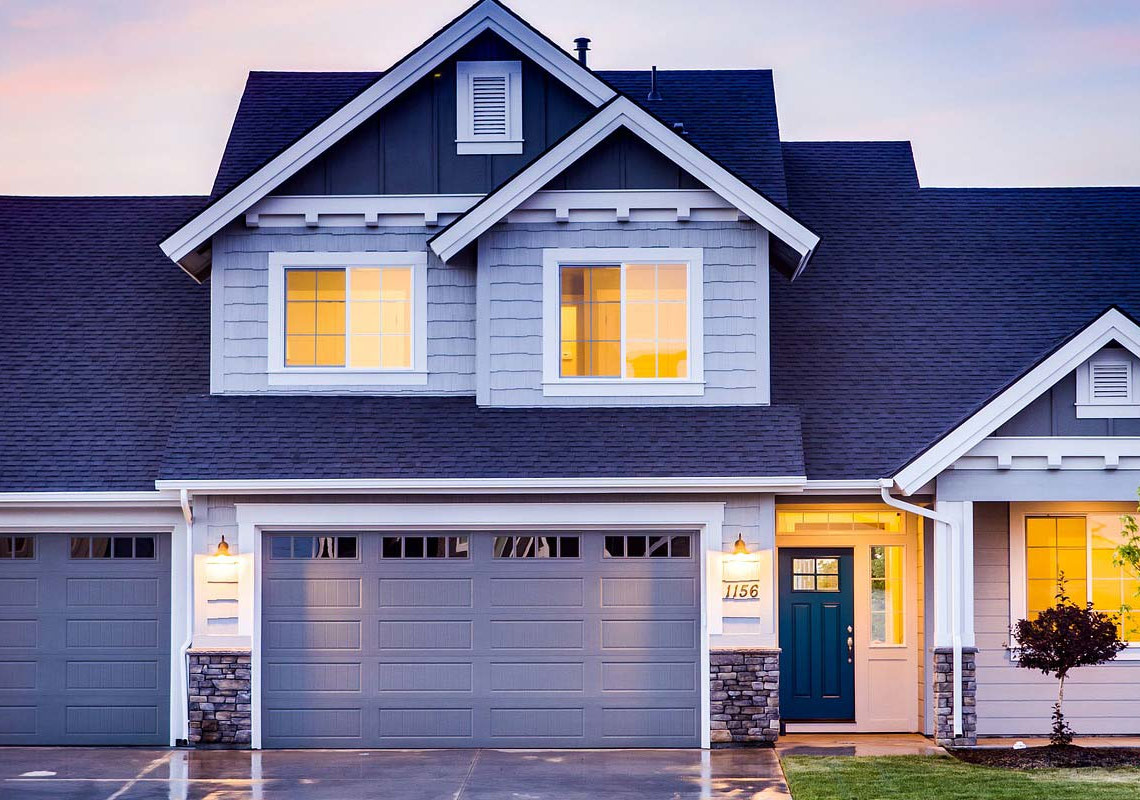Our Guiding Principles
Our industry-driven certification programs have been created to encourage and facilitate sustainable building practices. The programs address eight key areas of sustainable building: energy & envelope, materials & methods, indoor air quality, ventilation, waste management, water conservation, occupant wellness, and building practices. Built Green Canada’s guiding principles are:
Our programs are voluntary
We're here for those who choose to offer more durable, healthy, environmentally friendly builds that go through a holistic approach to sustainability—and enjoy the benefits that follow. We provide tools that guide a better build, helping to set builders apart from the competitors, while providing pass-along benefits for prospective homebuyers. For those who are required to meet 9.36, step code, or tier code, these will help you reach your certification with Built Green, and offer you a competitive advantage, as we address energy performance and then go on to other key aspects of sustainability.
Training is essential
Ongoing education is a critical piece of progress. All builder and renovator members are trained in BUILT GREEN® procedures prior to enrolling their BUILT GREEN® projects. Then, we require updated training every two years. To ensure accessible and affordable options, we offer online training options.
Checklists offer choices & are straight-forward to navigate
Our programs enable builders to choose from numerous green features, depending on what best suits their build and environment. The program checklists' practical pathways are broken down into eight sections, and they come with a program Guide, serving to further clarify each action item. Meanwhile, the checklists help the builder navigate price points per feature and offer samples of pathways to achieve certification.
Built Green is affordable
As a not for profit designed to support industry, we work to keep certification costs low—they are minimal, as compared to other prominent programs. By providing training, supplier relationships, and five levels of achievement (bronze, silver, gold, platinum, and Net Zero Energy+), we work to ensure our programs are accessible—likewise, they can be implemented anywhere in Canada where there’s access to energy advisors. Check out some cost-effective ways to build green.
Third-party certification offers proof
Certification authenticates a better built home, offering the builder credibility and the homebuyer verification of green features and home performance, as well as proof for rebates. And, it removes the perception of greenwashing.
Industry input is integral
We pride ourselves in being industry-lead. To remain relevant, practical, and rigorous, we have ongoing input from those on the ground—pushing innovation, while working to stay ahead of building code and their competitors in a fast-paced industry amidst regular market fluctuation. Alongside our ongoing open Request for Program Input, we work with industry experts through a Board of Directors and Technical Standards Committee.

